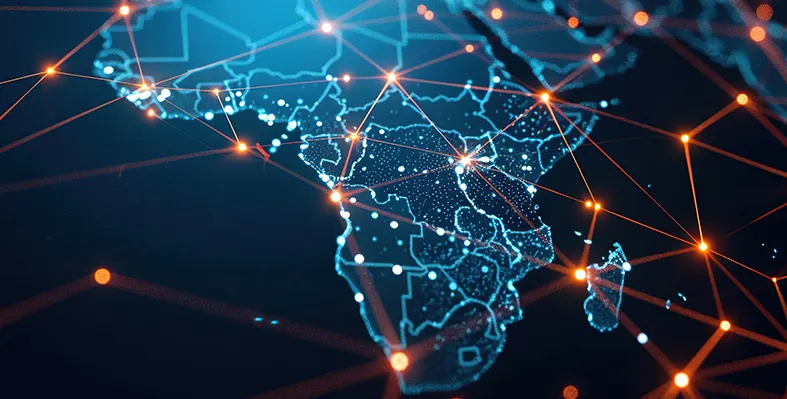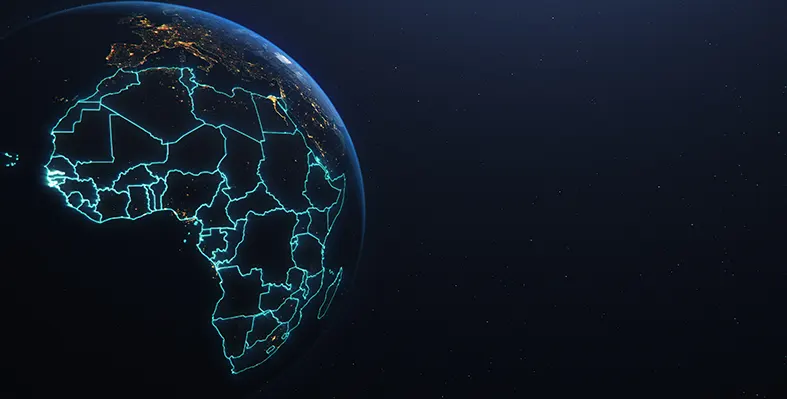This year’s Mobile World Congress show took place in Barcelona, Spain under the theme ‘The Next Element’, marking a transformation in the global mobile communications sector that will see a better connected world through 5G and a shifting Internet of Things (IoT) market
This year's event saw a record number of attendees, attracting 108,000 visitors, a seven per cent rise over the previous year, according to the GSMA. “Mobile World Congress enjoyed another record-breaking year in 2017, underlining its position as the world’s premier mobile ecosystem event,” said John Hoffman, CEO of GSMA Ltd.
The theme for this year’s show was Mobile: The Next Element, exploring the elemental role of mobile in the lives of billions of people around the globe. "We once again saw a world-class speaker line-up and the unveiling of a range of major new initiatives and cutting-edge product launches, which will define the direction of the mobile ecosystem over the coming years,” added Hoffman.
The GSMA Innovation City at Mobile World Congress offered visitors the opportunity to immerse themselves in experiences from companies such as At&T, Cisco, Jasper and Huawei. The City explored a wide range of industry topics including 5G and the Internet of Things (IoT), security and identity, looking at how mobile impacts people across the world focusing on areas such as transport, health, home and retail.
“The GSMA Innovation City is a living, breathing hub for mobile technology and one of the most popular destinations at Mobile World Congress. This year’s City focuses on experiences that put mobile technology in context to help people understand how it will impact their lives,” said Michael O’Hara, Chief Marketing Officer, GSMA.
Companies such as Ericsson are preparing for the shift to 5G. The company showcased its 5G capabilities within media and transport industries. Ericsson President and CEO Börje Ekholm said, “We have the full ecosystem of partners and customers selecting us to deliver high-performance networks, media solutions, and business models in industries such as transport."
Commenting on the impact of 5G, he added, "5G will transform all industries, and our customers are already gearing up for the future by evolving their current 4G networks. This is the key foundation to enable the automation and business transformation needed for the Internet of Things, as well as data-hungry services like Virtual Reality and Augmented Reality."
In a new study Ericsson projects a US$1.2 trillion market in 2026 to be addressed by 5G. Ekholm said, "This means that industries see the value of 5G and we will be there to grasp that opportunity."
At Mobile World Congress show, Nokia and Sprint are demonstrated the benefits of massive MIMO, showcasing how this technology can boost cell capacity by eight times compared to 4G LTE. The joint demonstration, presented at Nokia's booth, makes Sprint the first U.S. operator to demonstrate massive MIMO for TDD-LTE spectrum with 64T64R, for both the downlink and uplink on an existing LTE frequency. Massive MIMO, a key aspect in 5G, can enable LTE network performance well beyond 1Gbps.
Nokia's recently launched AirScale massive MIMO Adaptive Antenna offers significant increases in capacity, lower latency and several Gigabits of speed-per-second on the path to 5G. The AirScale massive MIMO Adaptive Antenna drives capacity increases for megacity deployments and service continuity with 5G. The demonstration for the show uses 3D Beamforming software to deliver throughput gains of up to eightfold uplink and fivefold downlink.
Günther Ottendorfer, chief operating officer of Technology at Sprint, said, "Massive MIMO is a critical part of our strategy to increase the capacity of our LTE Plus network today, and in the future, it will be a key element of our 5G network. Working with Nokia to deliver massive MIMO is a competitive advantage for Sprint because it is more easily deployed on 2.5 GHz spectrum due to the smaller form factor of the radios, and it's an important innovation that will take advantage of our deep spectrum holdings."
Also commenting on the new technology Ricky Corker, head of North America at Nokia, stated, "Nokia's massive MIMO technology is another proof point of our innovative work with Sprint in helping it define a long-term solution to provide service continuity for 5G. The significant cell capacity massive MIMO offers is why the technology will play a central role in 5G. Sprint can keep delivering the capacity its customers need, both now and in the future."
Specialist in secure communications and connectivity solutions, Bittium, was also exhibiting at this year's show. The company presented a number of products at the event which reflects the 'The Next Element' theme, which was running through the event. The Bittium Tough Mobile eliminates the need to carry two separate devices, allowing the user to have only one device for calls and messaging for both personal and for demanding information security needs. The product is a secure and durable Android-based LTE smartphone bringing together the latest information security and commercial device technologies.
The company also unveiled other products in its portfolio, such as the Bittium Secure Suite, a device management and encryption software product that works together with the Bittium Tough Mobile smartphone. It offers a scalable set of new software services for remote management, remote attestation and securing the network connections of the device. According to the firm, Bittium Tough Mobile smartphone and Bittium Secure Suite provides a complete system for processing and transferring sensitive and classified material and securing critical communication.
Other products showcased by Bittum included the Bittum wearable platform for health monitoring, Faros ECG Event and Faros ECG Mobile software solutions for remote health monitoring.





















